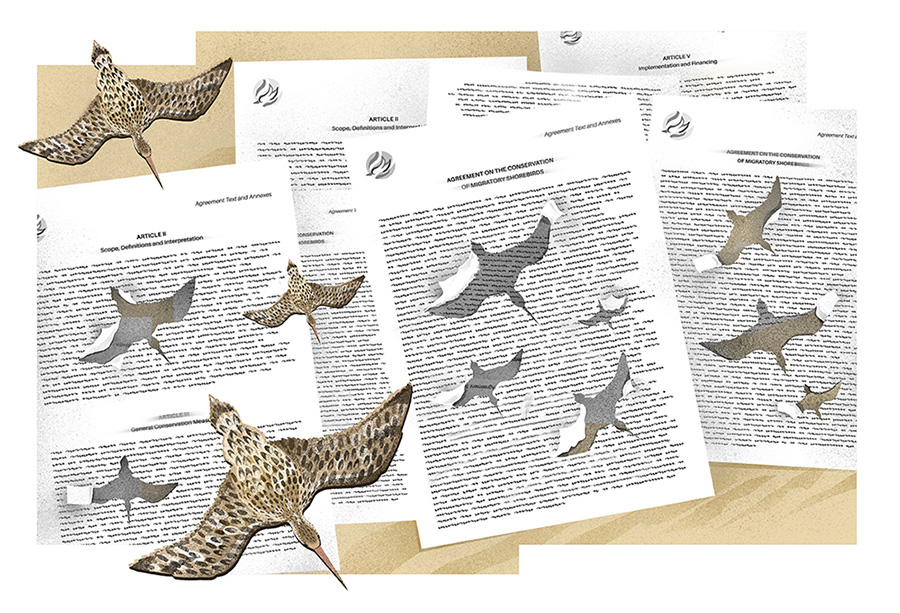Pangolins, consisting of eight species distributed in Africa and Asia, are one of nature’s most unique creatures. Surviving off a diet of only ants and termites, their tongues can be nearly as long as their bodies, and they roll into a ball when feeling threatened. This provides a third dimension to the flight or fight response—rolling! The most impressive characteristic of pangolins is that they are the only mammals to have an armour made out of keratinous scales (the same material as our fingernails), which likely evolved as a defence mechanism against predators. However, this very characteristic has now become the biggest threat to their survival, as pangolins continue to be illegally traded for their scales (and other body parts) at record levels, primarily for Traditional Chinese Medicine (TCM). Around 180,000 pangolins were seized annually by authorities across the globe in the last three years. This, coupled with their recent (and false) link to the COVID-19 pandemic, has resulted in pangolins achieving an iconic status as important species that need to be conserved.
To effectively conserve a species, conservationists need to identify knowledge gaps, think of ways to raise public awareness about their plight, and tackle the major causes of their decline. Yet, since pangolins were practically unknown to many a few years ago, little has been done to address these important aspects for their conservation. We looked at these aspects in our review, where we analyzed pangolin-related publications since 1865, data on accepted patents, online news trends, and societal interest.
We show that there are significant gaps in our knowledge about pangolin immunology, education, and implications of trade or poaching for populations. The conservation research effort is also unequal with a lot of studies on captive breeding and the volume and nature of pangolin trade, but limited research on the rehabilitation of rescued pangolins, the implications of this trade on pangolin populations, other causes of population decline, and people’s perceptions of and levels of awareness about pangolins. The biases do not stop there as some species and geographic regions (i.e. African countries) have received less research attention than others. This begs the question—do we know the full extent of the plight of pangolins, and how do we fill these important knowledge gaps?

The news of an erroneous link between pangolins and COVID-19 is responsible for the largest spike in public interest in pangolins since 2004. However, one wonders whether the public interest in a species—during a time when it is seen as the cause of the pandemic—would result in a “vermin-like” (disease risk) public perception or as a species of conservation importance? Peaks of interest other than COVID-19, such as shocking imagery associated with the trade, documentaries, and interactive Google Doodles on important days of the year like World Pangolin Day, were also identified. However, news of record-breaking seizures of up to 30 tons of pangolins did not elicit as strong a reaction as the aforementioned avenues. Thus, choosing appropriate avenues to elicit public interest may help pangolin conservation.
Many of the patents related to pangolin products are driven by their use in TCM. However, medicinal patents were seemingly not driven by science, which questions the efficacy and danger of the medicines manufactured. The argument for using TCM-based products and patents is that they are supposed to be based off of TCM pharmacopeia, which is an amalgamation of thousands of years of practice in perfecting medicines for various illnesses. We found examples of medicinal patents claiming to cure hepatic fibrosis, cancer and even AIDS, yet these do not align with what is suggested for pangolins by the TCM pharmacopoeia. This not only goes against the reasons for using TCM products but also suggests that there may be another driving force for pangolin patent production—possibly profit. However, more research is needed to confirm these links, and the role of traditional medicine in illegal trade.
From these three lines of information, namely research, popularization, and commercialization, we provided a holistic set of guidelines that we hope will help in the conservation of these unique creatures.
Further Reading
Heighton, S. P. and P. Gaubert. 2021. A timely systematic review on pangolin research, commercialization, and popularization to identify knowledge gaps and produce conservation guidelines. Biological Conservation 256: 109042.






